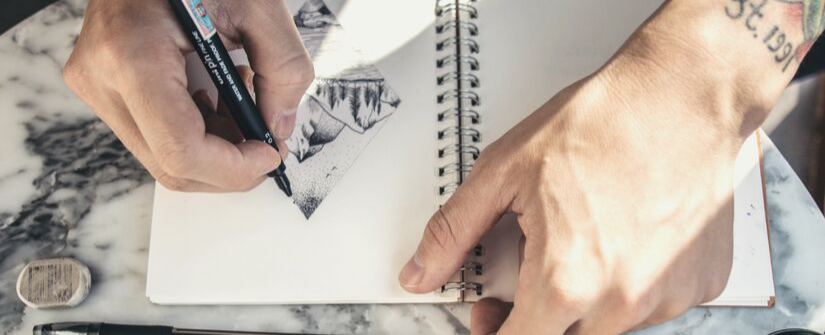
When it comes to brand identity, badges are a great way to reinforce an organization’s culture and set them apart from the competition. But selecting the right badge design can be challenging.
So 4inlanyards got some customized badge options for you. To help you decide what type of badge is best for your brand, we have compiled a list that outlines the five most important factors to consider before settling on your final design choice:
Table of Contents
The Goal
When developing a badge design, you should keep the following questions in mind: What is the goal of this badge? What do you want it to accomplish for your brand? How can it help your audience connect with the company or product? How will the badge benefit them?
Best practices for creating badges include having a clear objective and understanding how they can be used in physical and digital spaces.
The Style
When it comes to choosing a badge design, there are three main things that you should consider: style, functionality and meaning.
Style refers to the look and feel of your badge. For example, does it have a unique shape? Is it colourful or simple? Does it use heavy graphics or clean lines? All these factors affect how people perceive your brand when they see your badges on clothing or bags. They may also influence how customers interact with your business in person if they see someone wearing a badge with an eye-catching design as part of their uniform (for example).
The Look
When designing a badge, it’s important to keep in mind the look of the badge and how it will match your brand. The look of your badge should be simple and easy to read — using big, bold letters is usually effective. If your audience wants to remember your brand name after seeing it briefly, you’ll want to ensure that the lettering is clear and stands out from its background.

Your design should also be relevant to your business’s purpose: if you sell products or services aimed at kids and families, don’t use an adult-themed logo! And finally, try not to go overboard with designs; if two people see identical logos on different products that two companies made, they may assume that these companies are related when they’re not (which could cause confusion). You can avoid this by ensuring each product has its unique image rather than just repeating one across all promotional materials.
Call to Action
Next, you should make sure the badge is clear and easy to understand. You want people to know exactly what they’re clicking on, so make sure there are no confusing or ambiguous words in your call-to-action. Also, remember that the text should be easily read from a distance and when shrunk down into a micro badge size.
Audience
Before making any decision about a badge, it’s important to consider the audience. Who are your customers? What do they like and dislike? What do they expect from your brand?
You’ll also need to define what makes your business unique. Is it an old-fashioned charm or modern technology that sets you apart from the competition? If there’s something special about how your company operates, include that in the badge design.
Conclusion
In conclusion, you can choose from many different types of badges. Each has its benefits and drawbacks, so it’s important to consider your brand’s goals before choosing what type of badge design is right for you.


